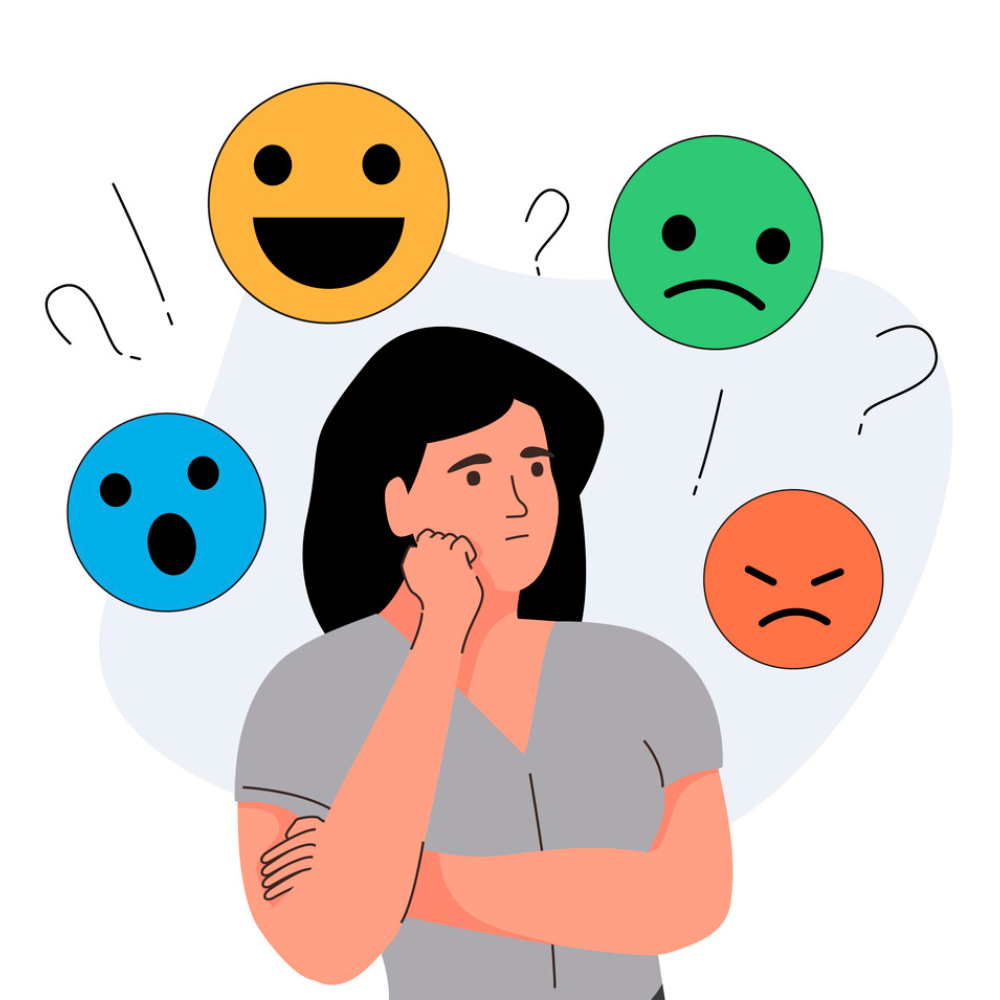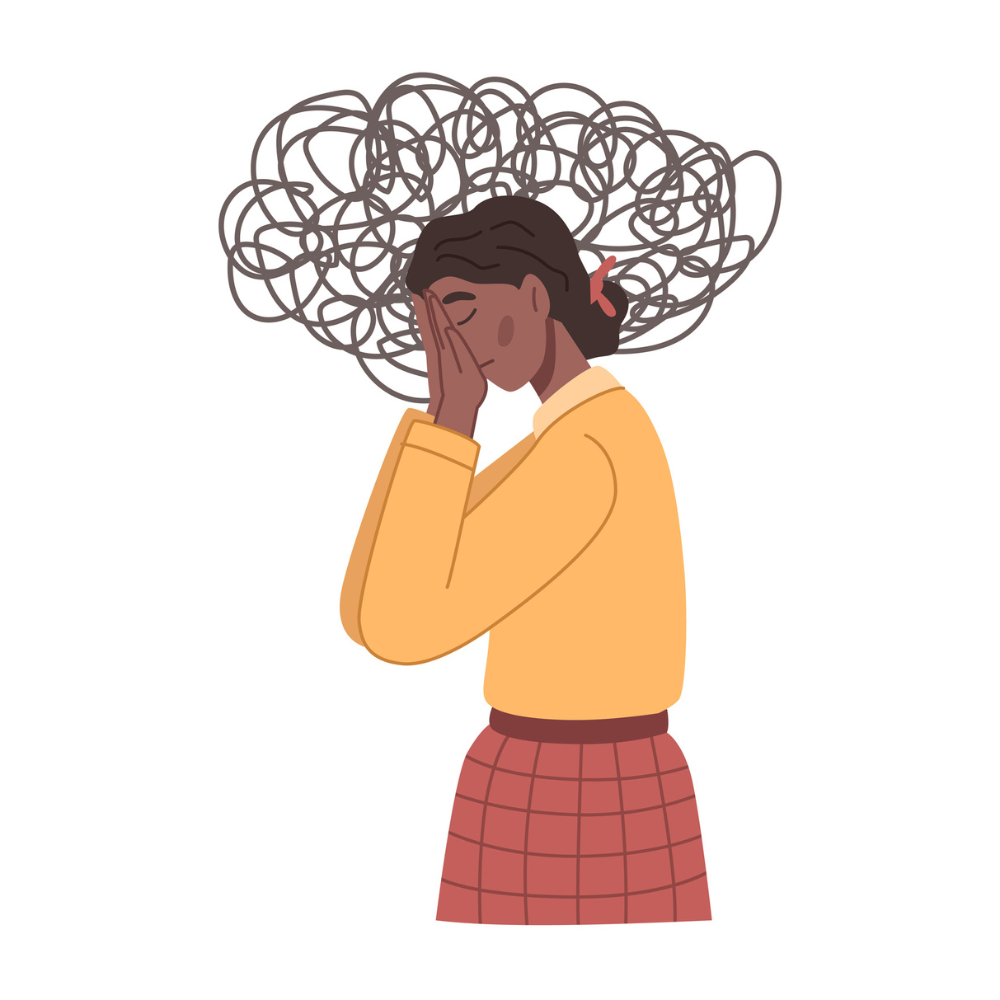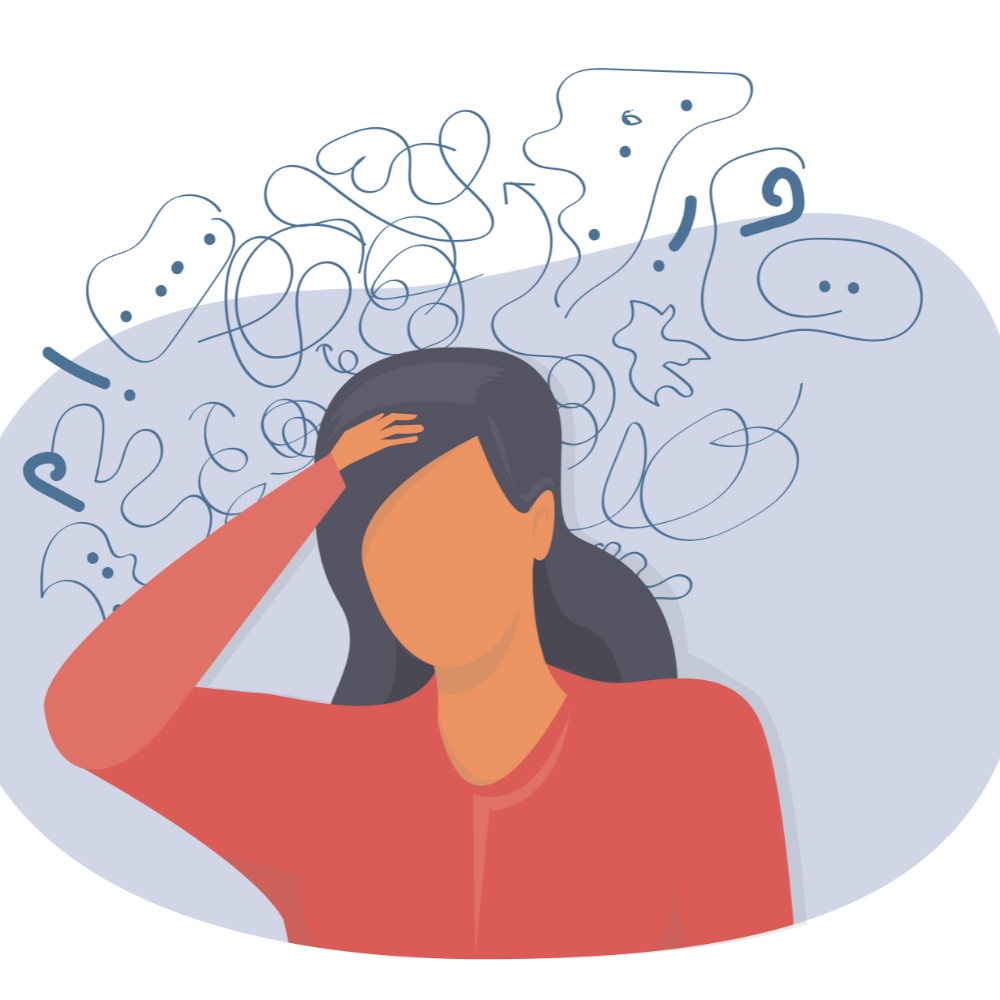Mental Mondays: How To Manage Sensory Overload

A creative writer with a voracious appetite for fashion, beauty,…
T
he human body relies on various sensory systems to perceive and interact with the external world. These systems include the visual system (sight), auditory system (hearing), gustatory system (taste), olfactory system (smell), and tactile system (touch). Additionally, the proprioceptive and vestibular systems help with body awareness and balance. Sensory overload can occur when any of these systems are overwhelmed, often characterized by an abundance of sensory input. This could be triggered by loud noises, bright or flickering lights, strong or unfamiliar odors, an overwhelming amount of visual information, or an intense tactile experience.
When the sensory input surpasses one’s ability to comfortably process or adapt to it, they experience a sense of overwhelm. This can lead to cognitive and emotional distress, making it difficult to focus, think clearly, or stay calm. The brain typically filters and prioritizes sensory information, allowing us to focus on what’s most relevant or important at a given moment. However, in cases of sensory overload, this filtering and processing system can become less effective or even fail, causing all incoming sensory data to appear equally significant.
To simplify this, let’s take for instance, you’re at a bustling city street festival on a sunny Saturday afternoon where there are plenty of colorful displays, scents, and aromas of different kinds of foods and treats, and of course a large crowd. What’s a festival without loud music and different kinds of noises? It’s so loud that it’s challenging to hear the person you’re talking to.
As you walk along, you’re surrounded by this visual spectacle. Colorful stalls and food trucks display various dishes, each with vibrant signs and menus. You’re constantly bumping into others as you navigate the packed streets. With all these sensations, it starts to feel overwhelming. The mix of smells, the constant noise, the bright visuals, and the physical contact with the crowd become a lot to handle. You feel a bit tired, and it’s hard to concentrate on anything specific because there’s so much happening around you. Despite the excitement, you find yourself wishing for a quieter, less crowded spot to take a break and let your senses calm down.
Sensory overload can lead to a range of physical and emotional responses, including anxiety, irritability, stress, headaches, fatigue, and even physical pain. It can also affect one’s ability to communicate, concentrate, or engage in daily activities. This is often associated with conditions like autism spectrum disorder (ASD), sensory processing disorder (SPD), post-traumatic stress disorder (PTSD), and certain anxiety disorders. Triggers for sensory overload can be diverse and context-dependent, making it important for individuals to identify and manage their specific triggers.
Symptoms of sensory overload
The following are common symptoms of sensory overload:
- Headaches or migraines
- Muscle tension or pain
- Fatigue or exhaustion
- Nausea
- Anxiety or nervousness
- Irritability or frustration
- Feeling overwhelmed or stressed
- Mood swings
- Difficulty concentrating or focusing
- Memory problems
- Racing thoughts or mental confusion
- Feeling mentally drained
- Covering ears or eyes to block out noise or light
- Avoiding or withdrawing from sensory triggers
- Flinching or reacting strongly to sudden sensory input
- Increased heart rate or palpitations
- Sweating or feeling overheated
- Shallow or rapid breathing
- Clenching fists or teeth
- Restlessness or fidgeting
- Seeking solitude or quiet spaces
- Difficulty with communication or social interaction
- Escaping or leaving overwhelming environments
- Increased sensitivity to sensory stimuli, making them feel more intense than usual
- Easily startled by sudden sounds or movements
- Feeling disconnected from one’s surroundings or body
- “Zoning out” or feeling mentally absent
- Difficulty processing information or making decisions
How do you manage sensory overload?
- Identify triggers: Learn to recognize the specific situations that trigger your overload. Understanding your triggers allows you to plan and prepare accordingly.
- Plan ahead: If you know you’ll be in a sensory-rich environment, plan your visit during quieter times or days. Also, consider using noise-canceling headphones or sunglasses to mitigate auditory and visual overload.
- Sensory toolkit: Create a sensory toolkit with items that help you cope. This might include:
- Earplugs or noise-canceling headphones
- Sunglasses or a hat to reduce glare
- Fidget toys or stress balls for tactile comfort
- A favorite scented item like essential oils or a scented cloth
- Take breaks: Build breaks into your schedule to step away from overwhelming environments and recharge. Find a quiet, calm space where you can relax for a few minutes.
- Practice breathing exercises: Practice deep breathing techniques to calm your nervous system. Slow, deep breaths help you reduce anxiety and stress associated with sensory overload.
- Try progressive muscle relaxation: Relaxation exercises can reduce muscle tension and promote a sense of calm. Focus on tensing and then releasing different muscle groups.
- Communicate: Let others know about your sensory needs and boundaries. Effective communication can help you get the support and understanding you need.
- Consider a sensory diet: Work with a therapist to develop a sensory diet, which is a personalized plan that includes sensory activities to regulate your sensory system.
- Modify your environment: Make your home or workspace sensory-friendly by reducing clutter and controlling lighting and noise levels. Also, use dimmer switches, curtains, or blinds to adjust lighting. Then, you can add soft textures or soothing colors to your environment.
- Manage your time: Pace yourself and prioritize tasks to avoid overwhelming schedules. Break tasks into smaller, manageable steps.
- Stay hydrated and eat balanced meals: Proper hydration and nutrition can have a significant impact on your sensory processing. Avoid excessive caffeine or sugar intake, which can exacerbate sensory issues.
Featured image: AaronAmat/iStock
For the latest in fashion, lifestyle, and culture, follow us on Instagram @StyleRave_
This is a Style Rave original content exclusively created for our readers. If reproduced, distributed, transmitted, cached, or otherwise used by any other publishing house or blogs, such use should provide a direct link to this source article. Use of and/or registration on any portion of this site constitutes acceptance of our Terms & Conditions and Privacy Policy.
—Read also
A creative writer with a voracious appetite for fashion, beauty, lifestyle and culture. As one who's passionate about the advancement of the woman, creating content that inspire smart style and living, and positive lifestyle changes is a calling I take seriously. At Style Rave, we aim to inspire our readers by providing engaging content to not just entertain but to inform and empower you as you ASPIRE to become more stylish, live smarter and be healthier. Follow us on Instagram @StyleRave_ ♥







